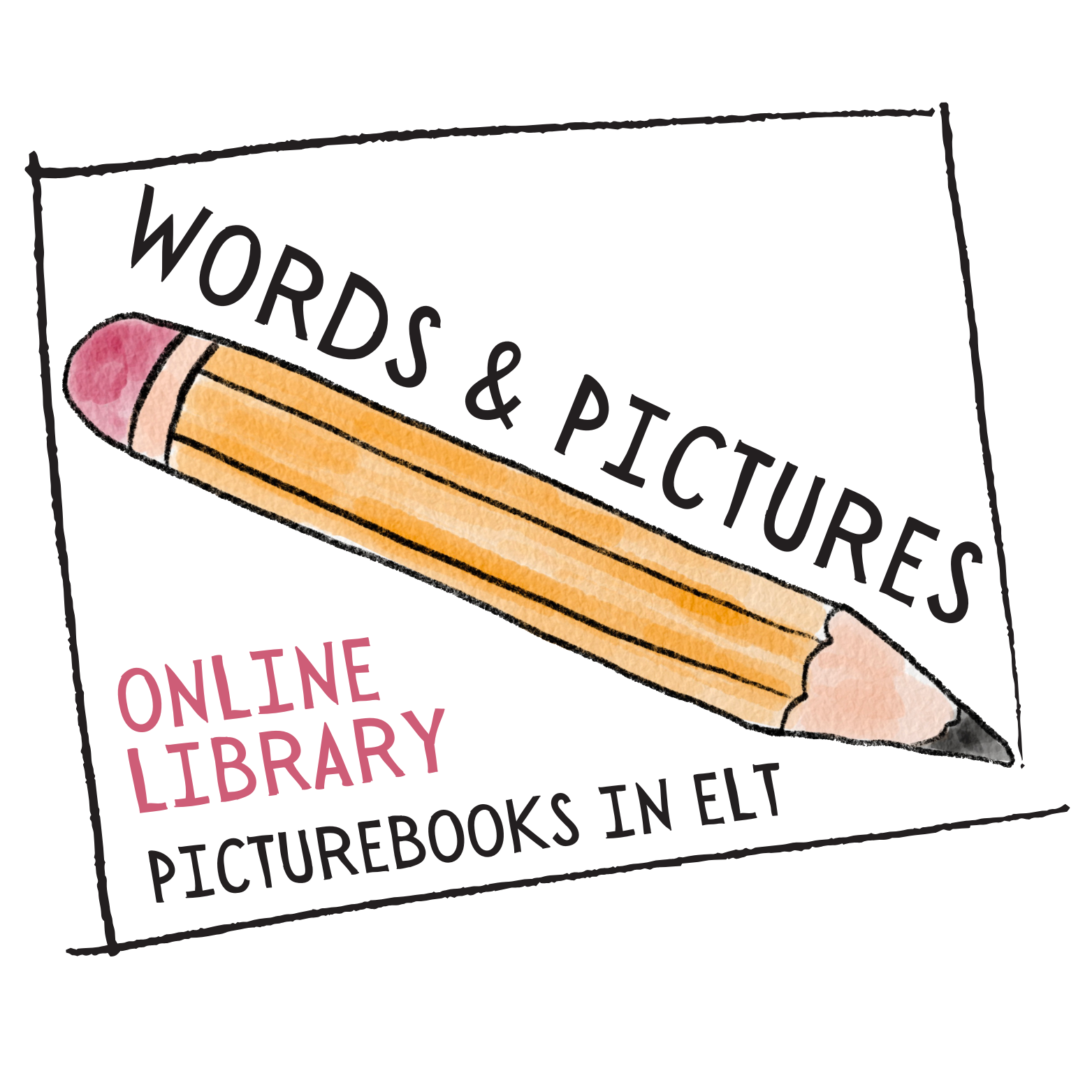Read More
“Picturebooks are an extraordinary art form. I love the way that they can talk across different age groups. I love the way that they can embody a big message and big emotion in very, very few words, and I love the process of making a marriage between words and pictures …” Nicola Davies discussing her picturebook, The Promise .
Read More
“A picturebook is text, illustrations, total design; an item of manufacture and a commercial product; a social, cultural, historical document: and foremost, an experience for a child. As an art form it hinges on the interdependence of pictures and words, on the simultaneous display of two facing pages, and on the drama of the turning page.” (Barbara Bader, 1976:1)
Barbara Bader’s definition of a picturebook from children’s literature scholarship is still widely cited and relevant today. Like Nicola Davies, Bader positions the picturebook as a visual art form as well as a multimodal object and text where the pictures, the words and the design contribute to making it quite different from anything else we might bring into a language classroom.
Read More
A picturebook contains both words and pictures to create meaning, for the pictures show and the words tell, and these are two different modes of communication. The reader reads both the pictures – its visual text – and the words – its verbal text – and it is for this reason that the American illustrator Uri Shulevitz wrote, that a picturebook ‘could not be read over the radio and be understood fully’ (1985:15). The visual text is essential to the understanding of the message: it clarifies, complements, extends or sometimes even takes the place of the verbal text. Picturebooks are different to ‘illustrated books’ because in ‘illustrated books’ the illustrations are not necessary for their interpretation. ‘Illustrated books’ and (illustrated) ‘readers’ have pictures, but the words are more important.
Read More
The standard length of a picturebook is 32 pages, though there are exceptions e.g. 24 pages or 40 pages. Picturebooks do not usually have numbered pages, so the pages are referred to as double page spreads. These are two facing pages, the verso (left page) and the recto (right page). In a 32-page picturebook, there are usually 12 or 13 double page spreads. Picturebooks also come in various sizes and can be portrait, landscape or square format as well as big or miniature format editions. An average size is portrait 26 x 21 cms (Home), landscape 28 x 24 cms (The Day War Came) and 25 x 25 cms (You’re So Amazing!) .
Read More
In terms of word count in picturebooks, there is a great deal of variation. An average word count is between 400 – 600 words but this can be much less or much more. For example, Rosie’s Walk contains 32 words and The Day the Crayons Quit, 999 words. The words in picturebooks are not controlled, sequenced or graded as in a ‘reader’ which follows a reading programme or scheme and is created specifically for learning purposes. Picturebooks therefore provide exposure to rich, authentic language.
Read More
Picturebooks can be created by two people, the author (the person who writes the words), and the illustrator (the person people who draws the pictures). Some picturebooks are created by one person, an author-illustrator, who creates both pictures and words. Although the designer’s name does not appear on the front cover, they also have an important role in the creation of a picturebook. Designers are responsible for the picturebook’s materiality – its physical appearance and the way it works as a whole – the picturebook as object. Sometimes the illustrator or author-illustrator is also the picturebook designer.
Read More
Publishing houses of picturebooks are usually referred to as trade publishers as their target audience is the general public. They are responsible for the process of design, editing, print management and distribution. Educational publishers create specific materials to be used in educational settings following a set curriculum and recruit authors to write the content for their audiences. It is the fusion of the best in trade publishing and age-appropriate picturebook-based ELT pedagogy that makes a high quality flexible and innovative approach to language teaching and learning.
Read More
‘Storybook’, ‘Real Book’ are terms used in ELT which also refer to picturebooks. ‘Picture book’, ‘picture-book’ and ‘picturebook’ are all ways of writing this word but using the compound form – picturebook – reflects the very nature of this special artefact, one that brings pictures and words together to create meaning.
Read More
When talking about picturebooks with other teachers or with learners we may not always know the specific term, the meta-language, for a particular part of the picturebook or for a detail we can see in the picturebook illustrations. Here is a picturebook glossary with some of the specific terms, to help teachers of English and their learners to talk about picturebooks together more knowledgeably.
Read More
Bader, B. (1976). American Picturebooks from Noah’s Ark to The Beast Within. Macmillan Publishing Company.
Shulevitz, U. (1985). Writing with pictures: How to write and illustrate children’s books. Watson-Guptill Publications.


